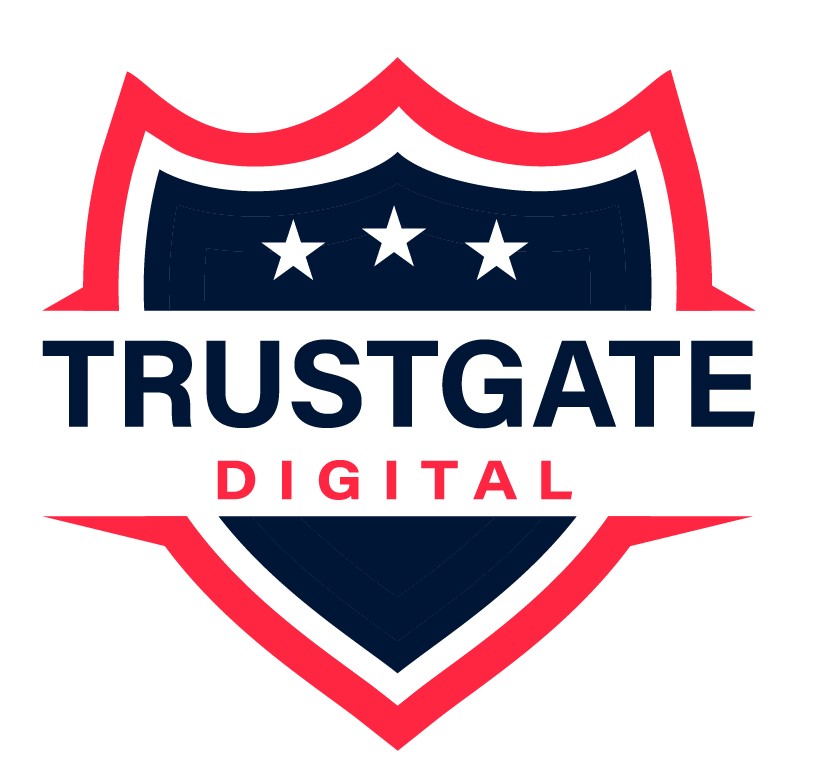Faqs
Home » Faqs
What is a digital signature
A digital signature is a mathematical technique that is used to verify the authenticity and integrity of a digital document or message. It provides a way for the recipient of a document or message to verify that it was created by the sender and that it has not been altered in transit.
A digital certificate, also known as a public key certificate, is an electronic document that verifies the authenticity of a public key and identifies the owner of the certificate. Digital certificates are commonly used in public key encryption systems, such as SSL/TLS, to secure online communications and transactions.
A digital certificate contains several pieces of information, including
- The public key of the owner of the certificate
- The name of the owner or organization that issued the certificate
- The serial number and expiration date of the certificate
- The digital signature of the certificate issuer
When a digital certificate is issued, it is signed by a trusted third-party called a certificate authority (CA). The CA is responsible for verifying the identity of the certificate owner and issuing the certificate. When a user connects to a website that uses SSL/TLS encryption, the website presents its digital certificate to the user’s web browser. The browser checks the certificate’s digital signature against a list of trusted CA certificates that are built into the browser. If the signature is valid and the certificate has not expired, the browser establishes a secure connection with the website.
- Digital signatures are often used in electronic transactions, such as online banking or e-commerce, to provide a high level of security and assurance that the transaction is legitimate and that the data has not been tampered with. They are also used in many countries as a legal means of signing electronic documents.
Why do I need a digital signature
Using a digital signature to sign a document offers several advantages over traditional paper-based signatures. Here are some of the reasons why you might want to use a digital signature:
Authentication: A digital signature provides assurance that the signer of a document is who they claim to be. This is achieved through the use of digital certificates issued by a trusted third party, which verify the identity of the signer.
Non-repudiation: A digital signature provides evidence that the signer cannot deny having signed the document. This is because the digital signature is unique to the signer and the document and cannot be duplicated or forged.
Integrity: A digital signature ensures that the contents of a document have not been tampered with since the time of signing. Any changes made to the document after signing will invalidate the digital signature.
Security: Digital signatures are more secure than traditional paper-based signatures, as they are protected by cryptographic algorithms that make them difficult to forge or tamper with.
What is the difference between digital signature and an electronic signature
Digital signatures and electronic signatures are both methods used to sign and authenticate electronic documents or transactions, but they differ in terms of their security and legal validity.
An electronic signature is a broad term that refers to any electronic method used to sign a document, such as a scanned image of a physical signature, a typed name, or a check box. Electronic signatures are generally easier to use and implement than digital signatures and are often used in low-risk situations where legal validity is not a primary concern.
On the other hand, a digital signature is a specific type of electronic signature that provides a higher level of security and legal validity. Digital signatures use a mathematical algorithm to create a unique digital fingerprint of the signed document that is linked to the signer’s identity. This digital fingerprint, or hash, is encrypted with the signer’s private key and attached to the document. This process ensures that the document has not been altered since it was signed and provides strong evidence of the signer’s identity and intent.
In summary, while both electronic signatures and digital signatures can be used to sign electronic documents, digital signatures offer a higher level of security and legal validity by providing a unique identifier linked to the signer’s identity and ensuring that the document has not been altered since it was signed.
How does Digital Signature Work
Digital signatures provide a secure and reliable way to authenticate the integrity and authenticity of digital documents and messages, and can be used for a wide variety of purposes, such as secure online transactions, legal contracts, and government documents.
Here’s how digital signature work:
Hashing: First, a digital signature is created by using a cryptographic hash function to create a unique digital “fingerprint” of the document or message. This fingerprint is a fixed-length string of bits that is unique to the particular document or message being signed. Any change to the document or message would result in a different hash.
Private Key: The signer then uses their private key to encrypt the hash. The private key is a unique secret key that only the signer knows and controls. The encryption process creates a signature that is unique to both the document or message and the signer’s private key.
Public Key: The encrypted hash, along with the public key of the signer, is then attached to the document or message. The public key is a key that can be made available to the public, and anyone can use it to verify the signature.
Verification: To verify the signature, the recipient uses the same cryptographic hash function to create a new hash of the document or message. They then decrypt the signature using the public key of the signer, which should produce the original hash. If the two hashes match, it means that the document or message has not been tampered with and was signed by the signer with their private key.
